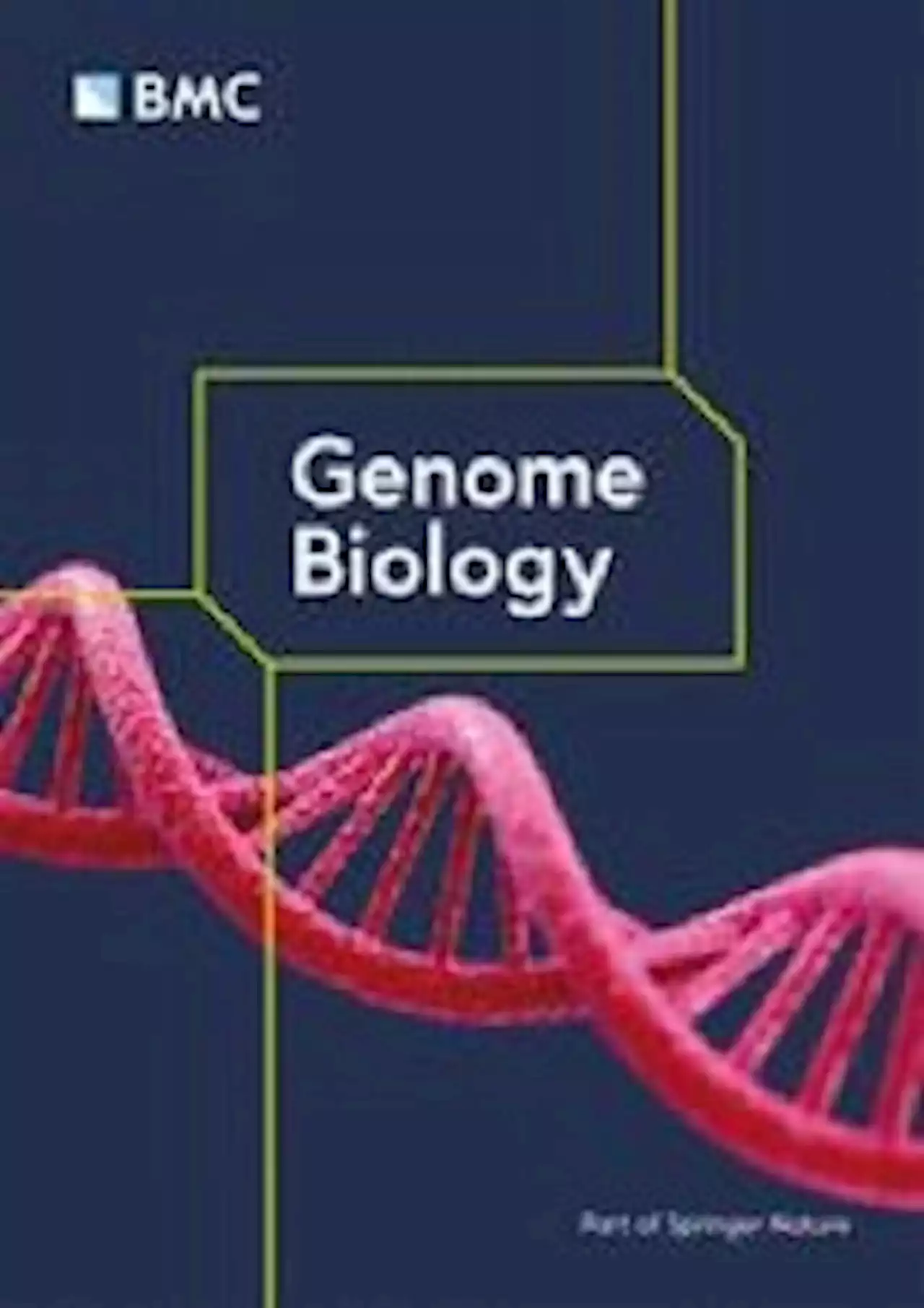Large-scale study of disordered eating in children explores role of weight, sex and puberty KeckSchool_USC JAMAPeds
Eating disorders, which affect more than 28 million people nationwide, exact a high toll. In addition to the individual suffering they cause, eating disorders cost the U.S.Early intervention is essential for minimizing harm, but researchers know very little about how disordered eating begins and evolves prior to adolescence. A new study of nearly 12,000 9- and 10-year-olds, published this week inand puberty stage were related to behaviors such as binge eating and vomiting to control weight.
Contrary to cultural assumptions, the researchers found that boys and girls were equally likely to engage in disordered eating. The analysis also revealed thatwith higher body mass indexes , as well as those further along in puberty, faced an elevated risk. "The earlier we can detect these behaviors, the more likely we are to be able to treat them," he said."These findings open a door for the development of timelier and more precise prevention efforts."The researchers used data from 11,878 children, ages 9 to 10, collected between 2016 and 2018 through the NIH-funded, the largest long-term study of brain development and children's health in the United States.
Belgique Dernières Nouvelles, Belgique Actualités
Similar News:Vous pouvez également lire des articles d'actualité similaires à celui-ci que nous avons collectés auprès d'autres sources d'information.
 Large-scale manipulation of promoter DNA methylation reveals context-specific transcriptional responses and stability - Genome BiologyBackground Cytosine DNA methylation is widely described as a transcriptional repressive mark with the capacity to silence promoters. Epigenome engineering techniques enable direct testing of the effect of induced DNA methylation on endogenous promoters; however, the downstream effects have not yet been comprehensively assessed. Results Here, we simultaneously induce methylation at thousands of promoters in human cells using an engineered zinc finger-DNMT3A fusion protein, enabling us to test the effect of forced DNA methylation upon transcription, chromatin accessibility, histone modifications, and DNA methylation persistence after the removal of the fusion protein. We find that transcriptional responses to DNA methylation are highly context-specific, including lack of repression, as well as cases of increased gene expression, which appears to be driven by the eviction of methyl-sensitive transcriptional repressors. Furthermore, we find that some regulatory networks can override DNA methylation and that promoter methylation can cause alternative promoter usage. DNA methylation deposited at promoter and distal regulatory regions is rapidly erased after removal of the zinc finger-DNMT3A fusion protein, in a process combining passive and TET-mediated demethylation. Finally, we demonstrate that induced DNA methylation can exist simultaneously on promoter nucleosomes that possess the active histone modification H3K4me3, or DNA bound by the initiated form of RNA polymerase II. Conclusions These findings have important implications for epigenome engineering and demonstrate that the response of promoters to DNA methylation is more complex than previously appreciated.
Large-scale manipulation of promoter DNA methylation reveals context-specific transcriptional responses and stability - Genome BiologyBackground Cytosine DNA methylation is widely described as a transcriptional repressive mark with the capacity to silence promoters. Epigenome engineering techniques enable direct testing of the effect of induced DNA methylation on endogenous promoters; however, the downstream effects have not yet been comprehensively assessed. Results Here, we simultaneously induce methylation at thousands of promoters in human cells using an engineered zinc finger-DNMT3A fusion protein, enabling us to test the effect of forced DNA methylation upon transcription, chromatin accessibility, histone modifications, and DNA methylation persistence after the removal of the fusion protein. We find that transcriptional responses to DNA methylation are highly context-specific, including lack of repression, as well as cases of increased gene expression, which appears to be driven by the eviction of methyl-sensitive transcriptional repressors. Furthermore, we find that some regulatory networks can override DNA methylation and that promoter methylation can cause alternative promoter usage. DNA methylation deposited at promoter and distal regulatory regions is rapidly erased after removal of the zinc finger-DNMT3A fusion protein, in a process combining passive and TET-mediated demethylation. Finally, we demonstrate that induced DNA methylation can exist simultaneously on promoter nucleosomes that possess the active histone modification H3K4me3, or DNA bound by the initiated form of RNA polymerase II. Conclusions These findings have important implications for epigenome engineering and demonstrate that the response of promoters to DNA methylation is more complex than previously appreciated.
Lire la suite »
 Glen Parva: Fire crews tackle large scrapyard blazeFour crews and an aerial platform took hours to bring the blaze under control, the fire service says.
Glen Parva: Fire crews tackle large scrapyard blazeFour crews and an aerial platform took hours to bring the blaze under control, the fire service says.
Lire la suite »
 Man arrested after armed robbery involving 'large kitchen knife' in BelfastStaff were left 'shaken by the ordeal'
Man arrested after armed robbery involving 'large kitchen knife' in BelfastStaff were left 'shaken by the ordeal'
Lire la suite »
 Teen with eating disorder dies weeks after court said she could refuse treatmentA teenager with a severe eating disorder has died two months after a judge ruled that doctors could stop keeping her alive. The 19-year-old stopped being provided with ‘artificial nutrition and hydration’ in May.
Teen with eating disorder dies weeks after court said she could refuse treatmentA teenager with a severe eating disorder has died two months after a judge ruled that doctors could stop keeping her alive. The 19-year-old stopped being provided with ‘artificial nutrition and hydration’ in May.
Lire la suite »
 Large-scale manipulation of promoter DNA methylation reveals context-specific transcriptional responses and stability - Genome BiologyBackground Cytosine DNA methylation is widely described as a transcriptional repressive mark with the capacity to silence promoters. Epigenome engineering techniques enable direct testing of the effect of induced DNA methylation on endogenous promoters; however, the downstream effects have not yet been comprehensively assessed. Results Here, we simultaneously induce methylation at thousands of promoters in human cells using an engineered zinc finger-DNMT3A fusion protein, enabling us to test the effect of forced DNA methylation upon transcription, chromatin accessibility, histone modifications, and DNA methylation persistence after the removal of the fusion protein. We find that transcriptional responses to DNA methylation are highly context-specific, including lack of repression, as well as cases of increased gene expression, which appears to be driven by the eviction of methyl-sensitive transcriptional repressors. Furthermore, we find that some regulatory networks can override DNA methylation and that promoter methylation can cause alternative promoter usage. DNA methylation deposited at promoter and distal regulatory regions is rapidly erased after removal of the zinc finger-DNMT3A fusion protein, in a process combining passive and TET-mediated demethylation. Finally, we demonstrate that induced DNA methylation can exist simultaneously on promoter nucleosomes that possess the active histone modification H3K4me3, or DNA bound by the initiated form of RNA polymerase II. Conclusions These findings have important implications for epigenome engineering and demonstrate that the response of promoters to DNA methylation is more complex than previously appreciated.
Large-scale manipulation of promoter DNA methylation reveals context-specific transcriptional responses and stability - Genome BiologyBackground Cytosine DNA methylation is widely described as a transcriptional repressive mark with the capacity to silence promoters. Epigenome engineering techniques enable direct testing of the effect of induced DNA methylation on endogenous promoters; however, the downstream effects have not yet been comprehensively assessed. Results Here, we simultaneously induce methylation at thousands of promoters in human cells using an engineered zinc finger-DNMT3A fusion protein, enabling us to test the effect of forced DNA methylation upon transcription, chromatin accessibility, histone modifications, and DNA methylation persistence after the removal of the fusion protein. We find that transcriptional responses to DNA methylation are highly context-specific, including lack of repression, as well as cases of increased gene expression, which appears to be driven by the eviction of methyl-sensitive transcriptional repressors. Furthermore, we find that some regulatory networks can override DNA methylation and that promoter methylation can cause alternative promoter usage. DNA methylation deposited at promoter and distal regulatory regions is rapidly erased after removal of the zinc finger-DNMT3A fusion protein, in a process combining passive and TET-mediated demethylation. Finally, we demonstrate that induced DNA methylation can exist simultaneously on promoter nucleosomes that possess the active histone modification H3K4me3, or DNA bound by the initiated form of RNA polymerase II. Conclusions These findings have important implications for epigenome engineering and demonstrate that the response of promoters to DNA methylation is more complex than previously appreciated.
Lire la suite »
 Teen with eating disorder dies weeks after court said she could refuse treatmentA teenager with a severe eating disorder has died two months after a judge ruled that doctors could stop keeping her alive. The 19-year-old stopped being provided with ‘artificial nutrition and hydration’ in May.
Teen with eating disorder dies weeks after court said she could refuse treatmentA teenager with a severe eating disorder has died two months after a judge ruled that doctors could stop keeping her alive. The 19-year-old stopped being provided with ‘artificial nutrition and hydration’ in May.
Lire la suite »
